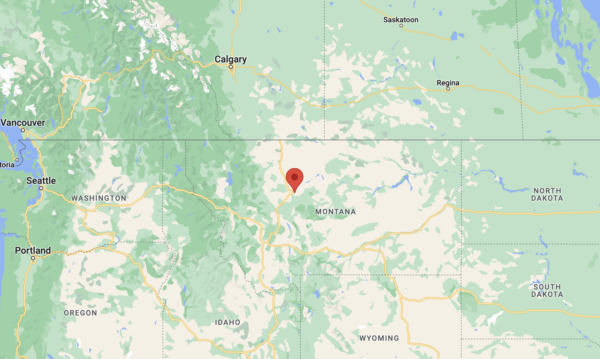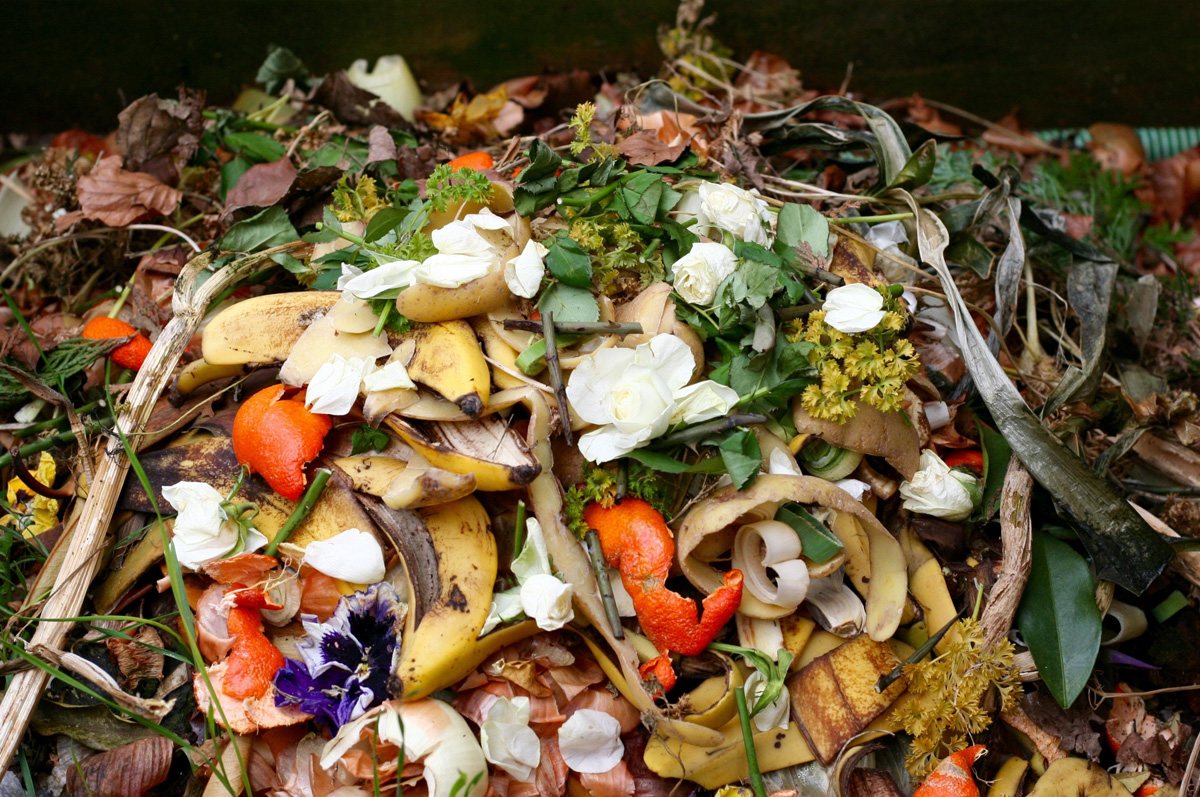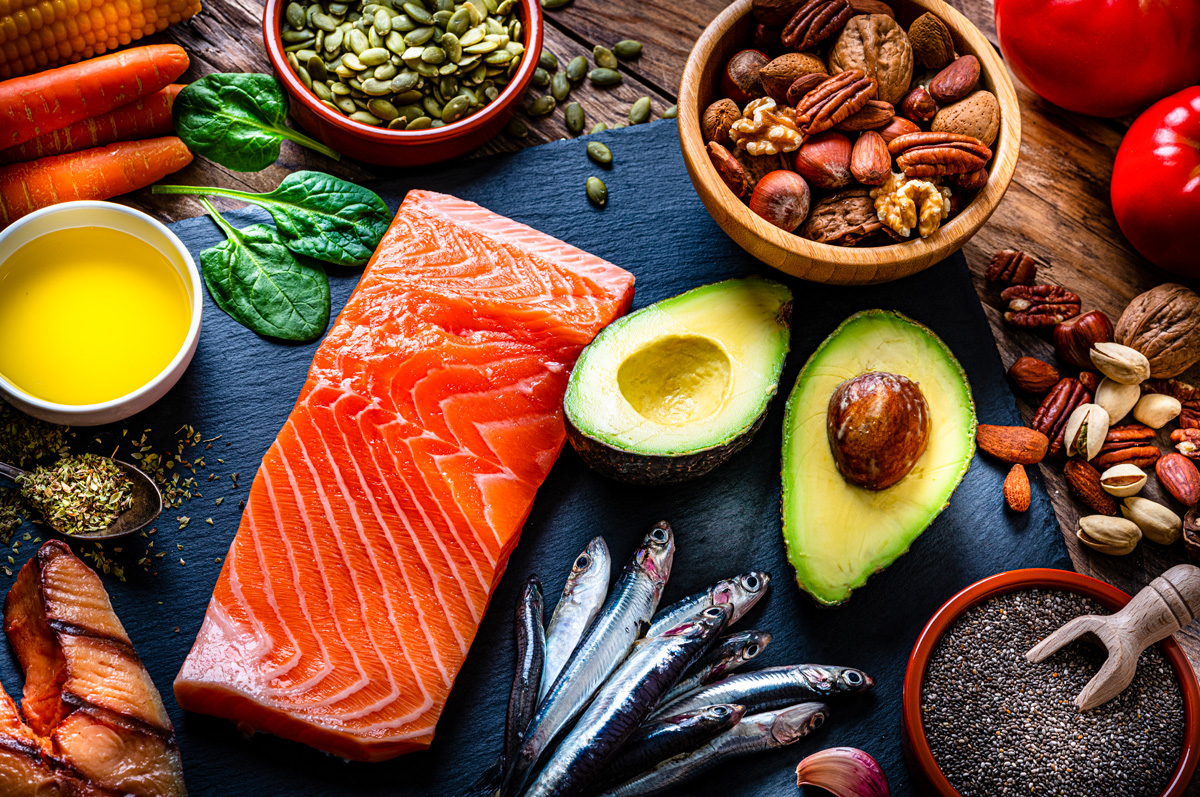A Conversation with Will Roehm, Roehm Farm
Will Roehm is a wheat and barley producer out of Great Falls, Montana. He is also serves as president of the Montana Grain Growers Association. In the video Mr. Roehm gives a first-hand look at everyday life on his 5,000 acre farm and how eco-agriculture is practiced.
Eco agriculture, also known as sustainable agriculture or regenerative agriculture, is a farming system that emphasizes the use of natural inputs and processes to produce crops and livestock while minimizing negative impacts on the environment. This approach to farming seeks to promote soil health, reduce erosion and water usage, conserve biodiversity, and minimize the use of synthetic pesticides and fertilizers. Eco agriculture also takes into account the social and economic aspects of farming, such as community building, fair labor practices, and local food systems. By promoting a holistic approach to farming that takes into account the interdependence of natural, social, and economic factors, eco agriculture can help to build a more sustainable and resilient food system that supports human well-being and environmental health.

Will’s farm is located in Montana, a large state with a diverse range of agricultural practices, here are some typical eco agriculture approaches that are used by farmers in Montana:
- Rotational grazing: This practice involves rotating livestock through different pastures to allow the land to rest and regenerate, while also reducing soil erosion and improving soil health.
- Integrated pest management: This approach to pest control emphasizes the use of natural and cultural methods, such as crop rotation, cover crops, and beneficial insects, to manage pests and diseases, while minimizing the use of synthetic pesticides.
- No-till farming: This is a farming system that minimizes soil disturbance by planting crops directly into the soil without tilling. No-till farming can help to reduce erosion, conserve water, and improve soil health.
- Cover cropping: This practice involves planting non-cash crops, such as clover or rye, between cash crops to protect the soil, improve soil health, and reduce erosion.
- Conservation tillage: This is a farming system that reduces soil disturbance by minimizing tillage and leaving crop residues on the soil surface. Conservation tillage can help to improve soil health, reduce erosion, and conserve water.
- Organic farming: Montana has a growing organic farming sector, which emphasizes the use of natural inputs and processes to produce crops and livestock. Organic farming can help to reduce the use of synthetic pesticides and fertilizers, while improving soil health and reducing erosion.
Overall, these eco agriculture practices can help to promote sustainability, resilience, and well-being for Montana’s agricultural sector and its environment.

Great Falls, Montana
Roehms Farm is located in Great Falls, Montana. According to the United States Department of Agriculture (USDA), there were 1,410 farms in Cascade County, which includes the city of Great Falls, as of 2020.




